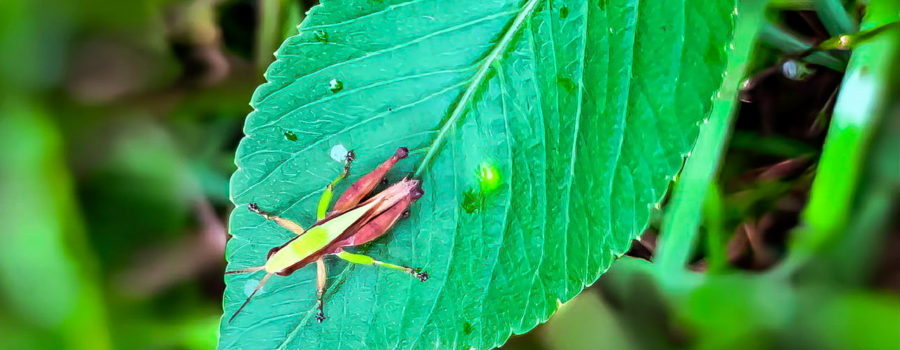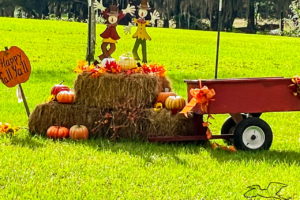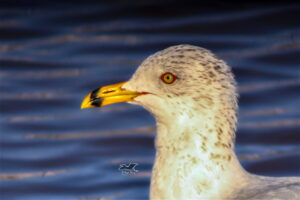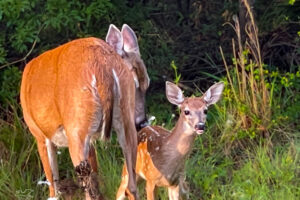The Short-Winged Green Grasshopper is Interesting and Colorful

Right now most of our insects are dormant, even here in Central Florida, so I’m reaching back into my fall photos a little bit for tonight’s insect. I probably need to get out in the woods and see if I can find any butterfly or moth cocoons, and maybe dig around in the leaf litter. It always amazes me how much activity goes on in there even on the coolest days. But it’s also good to get caught up on some of the things I’ve seen in the summer and fall when there is so much wildlife and plant life that I’d need to write multiple posts a day to present it all! I know many of my gardening friends don’t care much for grasshoppers, but I personally find them fascinating. So many of them have really cool colors and patterns that make them fun to photograph. They also do serve a purpose in nature besides just driving gardeners nuts by eating their ornamentals and flowers. They actually provide a key link in the ecosystem between plants and other animals. By eating plants, they help to recycle the nutrients that they contain. This is done by producing pellets of waste material that help to fertilize the plants that they feed and live on. More importantly, they provide nutrients to the creatures that prey on them. Grasshoppers are food items for many types of birds like wild turkeys, bluebirds, warblers, crows, and even hawks. Other insects like mantises, dragonflies, beetles, and spiders also feed on grasshoppers as do bats, snakes, raccoons, and even some types of fish! So you see, even grasshoppers have their good points!

The grasshopper in tonight’s images is a short-winged green grasshopper (Dichromorpha viridis), which is a pretty common North American grasshopper. It usually lives in grassy areas like pastures, lawns, parks, woods clearings, and roadsides. It prefers areas where the grass is abundant and stays slightly moist, so you can see why it does well in Florida. It feeds on the grasses that it lives on and usually comes in one of two color variations. Males, like the one in the photos tend to be bicolored with either a green back and brown sides or a brown back with darker brown sides. Females, on the other hand, tend to be solidly colored in either green or brown. It is believed that these color patterns keep the grasshoppers relatively camouflaged in their grassy habitat. These grasshoppers can be found from southern Canada south to Florida and west into Texas, New Mexico, and the Great Plains. They can also be found in parts of Mexico with higher moisture, but are conspicuously absent from the deserts.

As you might suspect from the name, these grasshoppers tend to have short wings (although some individuals may have longer wings) and tend to get around by hopping or crawling rather than flying. Males usually have slightly longer wings than females. They also have a very slanted face, which is a trait common to their subfamily. I found this particular individual in the thick grass and underbrush alongside the road near my house. I had stopped to try to photograph some butterflies that were feasting on the blackjack and goldenrod flowers in late fall. This was probably one of the last of his generation since about a week later we had our first light frost. Down in south Florida where frost is extremely uncommon, these guys may survive through the entire winter, but up here that doesn’t happen. But when spring comes back around, I’m sure we will be seeing the little nymphs out in the grasses again.
Do you enjoy beautiful nature photography and artwork? Do you like learning new and interesting things about nature and animals? If you answered yes, then this blog is for you! Join us and see.





Recent Comments